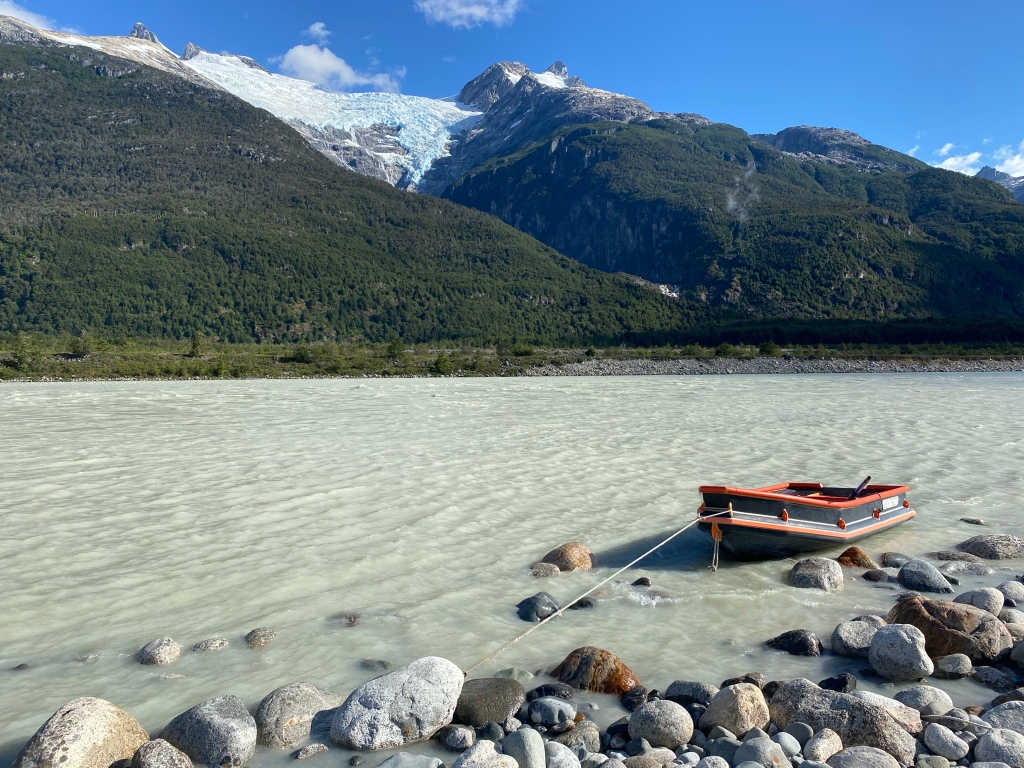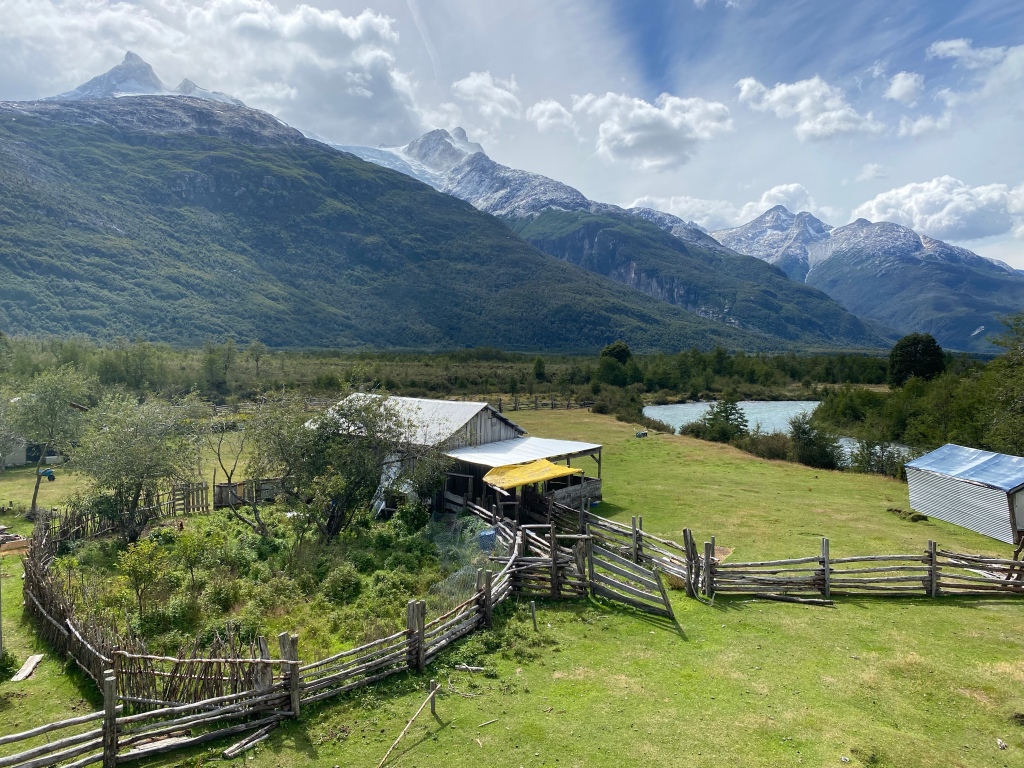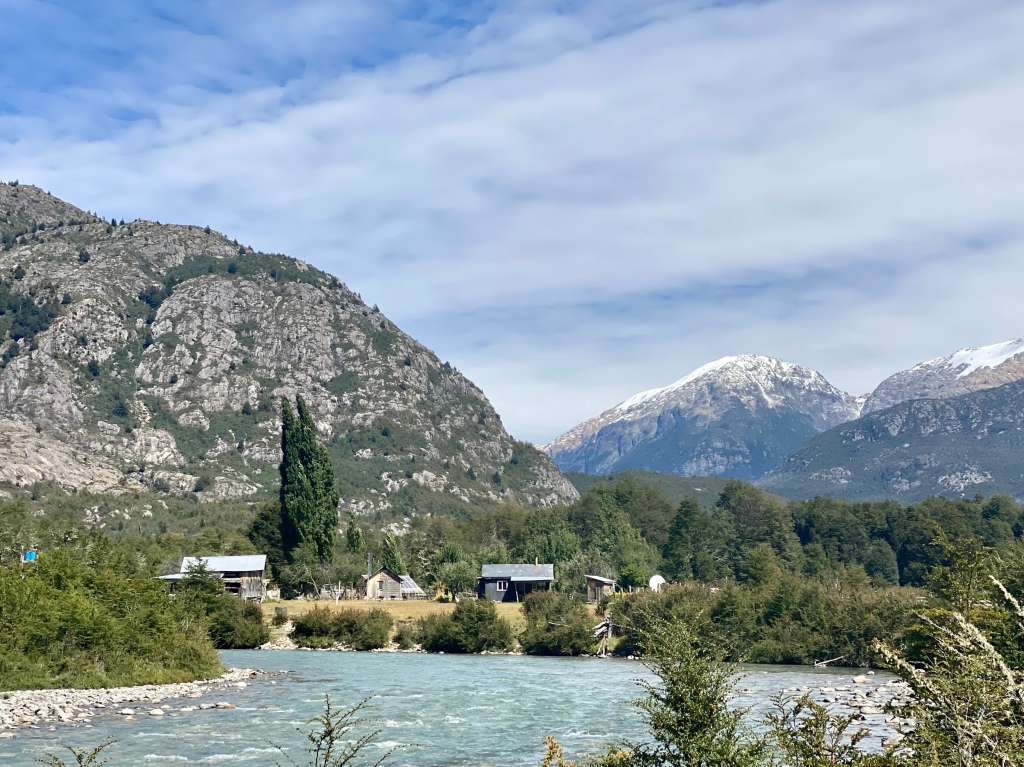
Shannon first introduced me to the adage that “a river flows between banks” many years ago. She was describing the need for a clear container in transformational education experiences. But the adage extends beyond the watershed of education and into other streams of creativity, community, and culture. The constant current of a river requires clear banks. Many systems and processes likewise benefit from such boundaries. Creative writing requires a form and an intention. Music generally finds its aesthetic in the structures of rhythm and scales. Parenting (or childing, as a friend of mine calls it) likewise demands certain banks and containers, though where to craft these is as parents or societies is perhaps one of the most contentious debates of all. In modern secular society, based in consumerism, boundaries and banks are often nearly impossible to find. Few eddies to find respite and few visible banks to maybe pull out of the current for a bit. We flow so far beyond the natural banks of the river that we are in constant flood state. Before I digress more in metaphor, I’ll share where we are here in Patagonia, literally bound by two rivers, on their banks, held in an internal island of sorts.




We set out for southern Patagonia seeking both space and clear boundaries on our lifestyle, consumer patterns, family intentions, and shared learning. The Sol de Mayo Ranch is tucked nearly as far up the Colonia Valley as one can reasonably go to live. The old ranches in this area are first located, when gazing up or down the massive glaciated floodplains, by the tall alamo, or poplar trees, like skyscraping arboreal cairns. The poplars were planted perhaps 70 years ago by the original Chilean settler. They are more visible every year as they grow. What a vision. To arrive from the nearest alamo to the one on this ranch, we leave our neighbor, Don Everisto’s ranch and hike along the Rio Colonia’s dynamic and enormous floodplain, about a kilometer wide in spots. The valley is young, geologically speaking, and coursed and maintained by jökulhlaup floods from the Colonia Glacier as well as more regular seasonal fluctuations in snowmelt and rain. Two to three river crossings later, and around an hour of hiking brings you to the big river crossing at the Colonia River proper. Here our ever-impressive and visionary host, Jonathan, keeps a row boat for ferrying across the current. The silty water frequently fluctuates from rains and melting on the Northern Patagonian Icefield, just 15 kilometers away, so rowing is either a casual or a high-stakes endeavor. Crossing the river requires strong and steady rowing and deposits us on the ranch property, where another river, the Rio Claro, forms the other perimeter. So, two rivers and a massive icefield bound the ranch and its inhabitants. The living space of the ranch is another 40 minutes up from the boat. If a river flows between banks, our family is currently flowing between those banks as well.

Within these banks, life is largely embodied and very tangible in a refreshing way. Food that we cannot harvest here (plums, apples, cherries, lamb, chicken, and greens from the greenhouse is the extent of our local bounty) is brought in by foot over the same path described above. So every item matters, with no waste or excess. Water is brought from the Rio Claro, and wood is gathered from the forest. Wood to heat and to cook. Even the gasoline for the generator (the photovoltaic array is broken, and new batteries are a challenge to install) is hiked in, and in feeling the weight of it, and watching it used and diminished in the gas gauge of the generator offers a very embodied experience of fossil fuel consumption. I have been in a car once in a month and a half and Shannon and kids have not returned to a car since we were dropped off.

These are the banks of the river.
I wonder what healthy and life-sustaining banks might look like in our indepence minded and freedom loving society, accustomed to its current flood-state. I know for our family, we find it difficult to have discipline for even the most accessible restrictions on our behavior when we are in Colorado. Discipline such as walking or biking to the grocery store, which was only 2 miles from our home. 2 hours or 20 minutes, depending on the medium. Compared with a 12 minute drive. What, really, is 8 minutes? I drive 40 minutes to go for a 40 minute run. This is my exercise routine. If we’re trying to be efficient with our time, how else are we spending our time, if not in the act of sustaining life in meaningful ways? Here, Shannon and the kids hike at least 3 miles each day to feed the Great Pyrenees sheepherding dog.
In modern suburbia (with my apologies to many modern cities, such as Boulder, CO which aim to not be suburban but which in practice become just that, in the dependence on vehicles and shopping centers), life becomes disembodied by technology and vehicles, as well as work. Is this really our collective dream? This is an idea Rebecca Solnit makes so clear in her book Wanderlust. With access to vehicles, as well as with unpleasant or non-existent pedestrian thoroughfares, we drive to be more efficient with our time; but in a terribly ironic modern reality, I have yet to find a modern person that has used these efficiencies and then truly has more time. The question of “How are you?” is most commonly responded to with a “Busy.” But then, perhaps self-consciously, adding, “but good.” Even if the promise of more free time came to be a reality, that extra time would be spent doing what?
So we drive the kids to school, and then ourselves to work and the grocery store only to then go for a “walk” later, but as recreation, not as living itself. I fall into this rhythm frequently as well. Our side-passions and recreations become a mirror of the truly embodied existence that our very recent (maybe 3 generations?) ancestors knew. How can we re-embody modern life, even with jobs and schools and grocery stores and commutes? Without a doubt, designing our lives to walk more, cook more, get uncomfortably hot under the sun and shivering cold in the rain, and have our hands dirty in the earth more is a good start. Wouldn’t that feel wonderful, to be back in our bodies again, collectively?
These are the banks of the river we are seeking. To flow in the current of life rather than continue to flood over its banks. What a gift to be between these current banks, if only for a fleeting few months.
Leaving this piece with another note of irony, the Rio Claro did, indeed, flood last night. It sprawled and gurgled and then roared right below the ranch building, coursing through a low-lying plain on its south bank. Our fairy garden and fairy homes flooded, but fortunately no other significant damage or tragedies occurred, to our knowledge. Sometimes rivers also must blow their banks and find new paths, as humans and societies must as well.


March 6, 2023 at 9:47 pm
Beautiful! Flowing between the banks….I will try.
LikeLiked by 1 person
March 6, 2023 at 11:31 pm
Bravo Tim! Enjoyed reading and thinking about several important points you are presenting.
LikeLiked by 1 person
March 6, 2023 at 11:33 pm
Also the photos are excellent and put me right in that beautiful place.
LikeLiked by 1 person
March 7, 2023 at 10:54 pm
Great work as usual, Tim! We enjoy reading about your insight,into the intracies of community,education etc and your philosophy of life. We are voting for last years experience verses this years. Love the beauty surrounding you and the pictures of you all on your trek into the ranch!
LikeLiked by 1 person